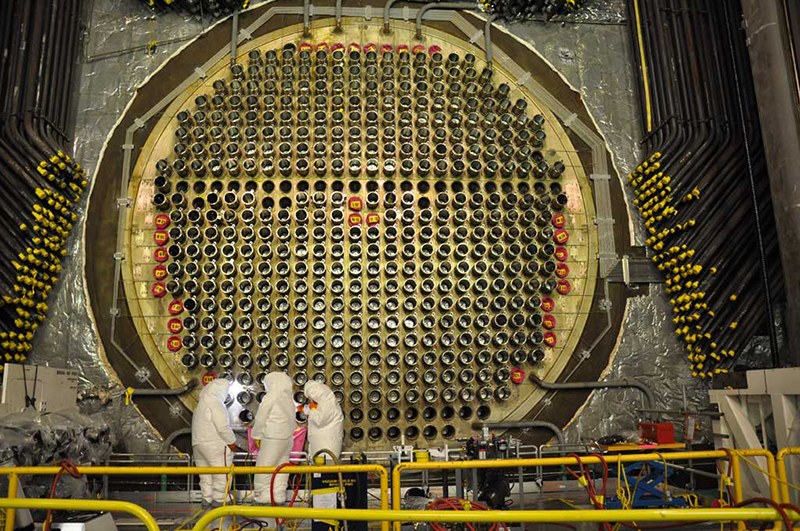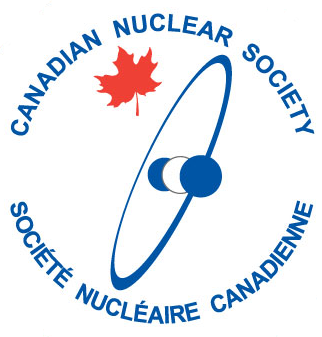Proactively communicating about nuclear issues

Our communications program began with us trying to correct misinformation by responding to media articles in which the misinformation was being spread.
We learned that this quickly becomes a game of whack-a-mole in which, even if you hit the mole solidly on the head, another one would just pop up somewhere else with another piece of misinformation. CNS is not resourced to manage the magnitude of responses needed.
More importantly we observed that while any single article might be about a specific issue, they all worked on the principle that radioactivity was inherently more dangerous than anything else mankind does.
It’s easy to understand why people might think this. Radioactivity is a bit of a mystery to many people, and we are taught to be wary of things we do not understand.
So, in this article https://www.hilltimes.com/story/2023/10/09/nuclear-power-isnt-nearly-so-scary-when-you-understand-it/399253/we are trying to hit at the core misunderstandings to try and help people understand that while radioactivity may be a mystery to them it is not a mystery to the people who work with it, nor should it be a mystery to the general population as while they may not know it they live amongst it all of the time.
This article published on Thanksgiving Day 2023 is our first article in a series that will talk proactively about radiation and the way it is used for the benefit of mankind. To do this we have created a diverse and inclusive steering committee to help us choose the right topics and communicate in a way that addresses the real concerns that people have.
Enjoy.
There is more to come.
The text we sent for publication is reproduced below.
Nuclear power isn’t nearly so scary when you understand it.
With nuclear power now a key component of Canada’s drive to net zero, a program to site a deep geologic repository approaching a conclusion and permission being sought for a legacy waste disposal facility, it’s no surprise that nuclear issues are attracting attention at the moment. Nuclear technology has always elicited strong reactions often driven by fear of radiation that goes back as far as the dawn of the atomic bomb, a story once again in the public eye with the release of the movie, Oppenheimer.
Cornerstone statements such as “the wastes are dangerous for millions of years”, “any bit of radiation can kill you”, “these materials have never existed before” and “plutonium is the most toxic material known to man” appear in the dialogues and fuel a sense of fear among the public.
Taken at face value, these statements are scary that fear is then used to promote the idea that no amount of radiation is acceptable and so no nuclear technology should be used at all unless it can be shown that it will never give rise to a release of a radioactive material. But how true are these statements, should they scare us and what should our conclusions actually be?
The reality is that these cornerstone statements are a mix of facts expressed out of context, half-truths and misinformation and the conclusion that effectively forbids the use of any technology is ridiculous. Were we to ban the emission of any radioactive materials in effluent then we would have to stop people flushing their toilets. Yes, every day you eat and excrete 2 micrograms of entirely natural uranium, the same metal that comprises 99% of used nuclear fuel and, with a long half-life, one of the constituents that makes “it dangerous for a million years”.
So let’s look more closely at those cornerstone statements.
It is possibly true that any bit of radiation might kill you. In isolation that statement appears worrying, but actually the same can be said about any rasher of bacon, any ray of sunshine and any contact with another human being it loses its impact. It is a statement that appears scary because it lacks context. In context it has no real value at all.
And while wastes from the nuclear industry might be dangerous for a million years and that may appear to make nuclear power different to any other industry, the fact is the wastes from other industries can be dangerous for a lot longer than that. The time something is dangerous for is not, per se, any indicator of how much harm it might do that will be defined by other things such as quantity, accessibility and ease of management. Used nuclear fuel, the primary waste from the nuclear power industry is small in volume and solid so it is easily managed a fact proved by the fact that its storage has never caused harm to a human or the environment.
The other cornerstone statements are both misleading and wrong. Plutonium is not even in the top division of toxic materials (in some tests it is about as toxic as caffeine) and all the materials have existed on the planet in natural reactors that operated before humans ever stumbled across nuclear science and they did no noticeable harm.
In pointing out that these cornerstone statements are entirely vacuous, we are not in any way trying to pretend that the nuclear industry has no risks associated with it. Like every other energy industry, it does. Used fuel is dangerous if not handled properly and a large release of radioactive materials from a severe accident would cause adverse health effects. But we are pointing out that the fears are exaggerated, lead to poor conclusions and that a more nuanced understanding of the issues is needed if we are to make good decisions.
Information that might help includes:
- Radiation may be a challenging concept, but it is fully understood, very predictable and easily managed.
- In the environment the radiation from radioactive materials will only affect you if ingested and they can be managed in the same way as other toxins by understanding what levels harm and what levels do not. Absolutism is neither necessary nor helpful.
- We do not need to put used fuel in a deep geologic repository because its “dangerous for a million years” it is just a way to guarantee that no matter what happens this one aspect human behaviour will never have a noticeable effect on the environment.
- There is no evidence to suggest that at low levels the amount of radiation you receive has any adverse health effects so we can fly in planes where we are exposed to high levels of radiation from the sun, and we do not need to sleep in lead coffins to protect ourselves from the natural radiation all around us.
Most of our members work with radiation and radioactive materials in nuclear facilities. They treat them with the respect they deserve but they aren’t scared by them because they understand them. And they are not the empathy-devoid profit-driven automatons that some people try to make them out to be, they are regular people with families they care about and want to protect.
Whether we are considering nuclear power’s essential role in achieving net zero, deciding where to permanently dispose of used fuel or building facilities to protect the environment let us do it on the basis of a full understanding of the issues and not on fears created from misleading memes and misinformation.
Neil Alexander (Communication Director) and Doddy Kastanya (President), Canadian Nuclear Society
The Canadian Nuclear Society (CNS) is a learned society of individuals who are interested in the many ways that nuclear technology is used to improve the wellbeing of modern civilization. Many members are involved in the production of electricity, but others make the medical isotopes that physicians need to diagnose and treat disease and still more support the many uses of radioactivity that quietly enable the existence of modern society.
Popular Core Business Articles
- The important differences between Hazard, Danger, Risk and Fear when considering a Deep Geologic Repository for used nuclear fuel.
- Deep Geologic Repositories (DGRs)? Distressed purchase or Jewel in the Nuclear Crown
- An article by the Breakthrough Institute
- How do we quickly and succinctly explain why wind and solar are not cheap?
- The Titanic Fallacy

Leave a Reply
You must be logged in to post a comment.